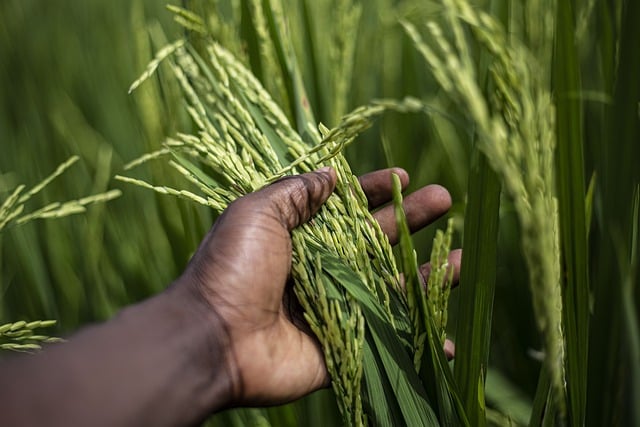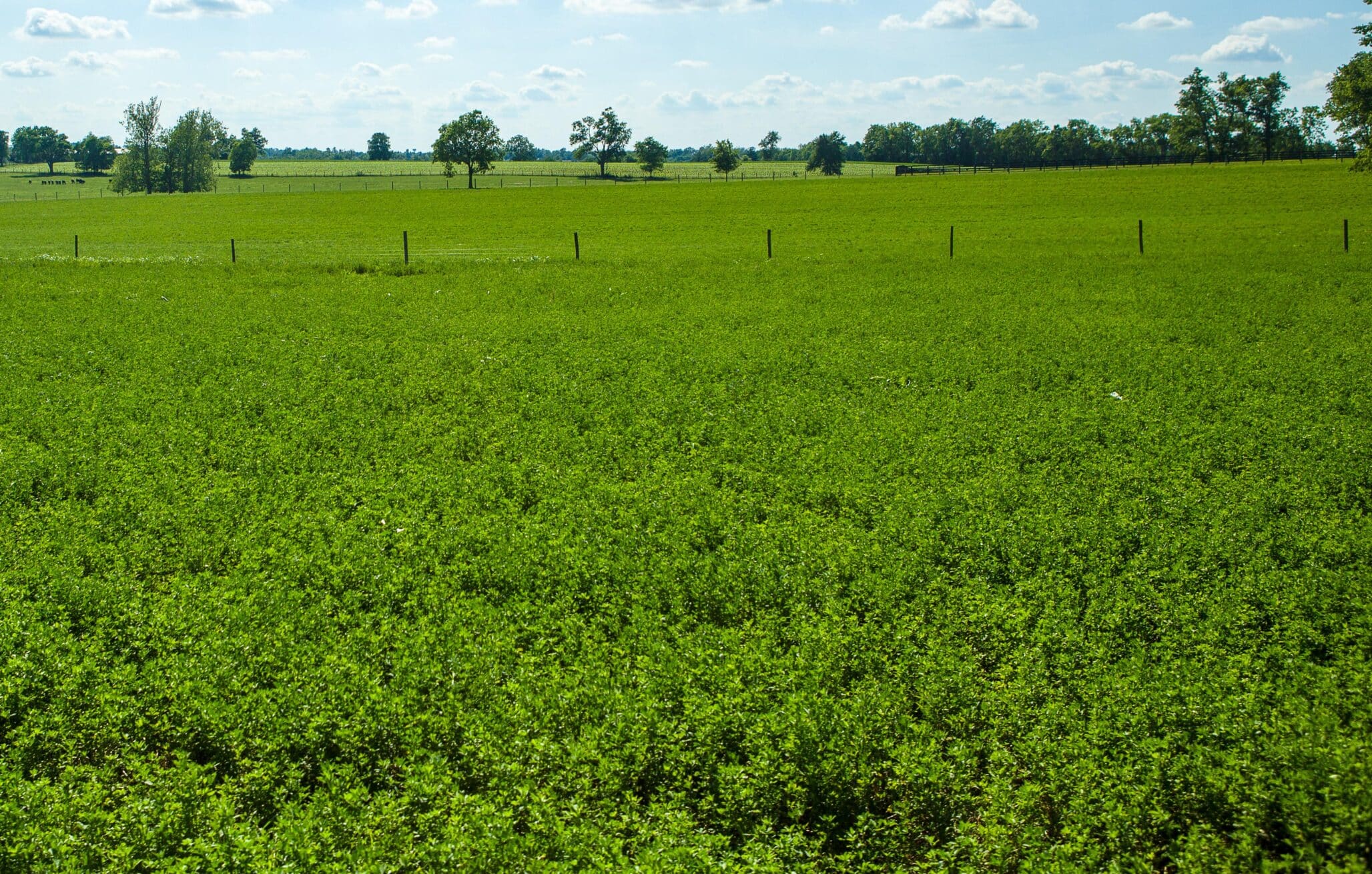New research identifies how plants might create their own nitrogen, thanks to help from bacteria.
Nitrogen fertilizers are crucial for feeding the world’s expanding population. However, given nitrogen’s drawbacks of substantial energy consumption in production, high costs to farmers and run-off concerns, nitrogen-efficient solutions are increasingly important for producers and consumers. In an effort to find improved solutions, a new study found that plants have evolved, not once but in multiple ways, to produce their own nitrogen with bacterial assistance. Understanding these genetic pathways could revolutionize agriculture by enabling the development of nitrogen-fixing capabilities in non-legume crops like wheat and rice, reducing dependency on nitrogen fertilizers.
“Breeding and crop improvement efforts often focus on a single model species, which can overlook the evolutionary context of traits,” Heather Rose Kates, the lead author of the study and postdoctoral associate at the Florida Museum of Natural History, said. “Only looking at what you could think of as one version of the trait could limit the effectiveness of engineering that trait in other plants.”
Despite nitrogen’s abundance in the atmosphere, it exists in a form few organisms can utilize directly. Only the specialized bacteria diazotrophs are able to convert atmospheric nitrogen into a plant-available form.
Approximately 17,000 plant species capitalize on diazotrophs, developing nodules on their roots where bacteria reside. In exchange for sugars from the plant, these bacteria deliver plant-available nitrogen. The most familiar nitrogen-fixing plants are legumes like soybeans and clover.
This symbiosis, primarily observed in a group of closely related plants known as the nitrogen-fixing clade, is a complex genetic process. Previous theories suggested this trait evolved only once in these plants, potentially controlled by a single genetic switch. However, the study challenges this, revealing through genetic analysis of 15,000 species that nodulation evolved in multiple instances and was lost in others.
“When a trait involves a lot of genes and also has a high cost to the plant in terms of energy, which we know forming root nodules does, we expect there to be a strong selective pressure against evolving that trait. So, in that context, a single origin hypothesis makes sense,” Kates said.
Kates’ team tested this idea by replicating the evolutionary history of nodule-creating plants and their relatives. Throughout the study, they created the largest to date tree of life for any group of plants. The researchers also developed an entirely new method of organizing the information.
“We had basically two years to assemble 15,000 tissue samples from the nitrogen-fixing clade, sequence them and build a tree,” Robert Guralnick, a co-author of the study and curator of biodiversity informatics at the Florida Museum said. “Many of the specimens were also old, collected nearly a century ago, which meant their DNA was often degraded or damaged. But our approaches for extraction and sequencing were tuned for those issues. We were quite surprised about the generally high quality and quantity of recovery and usable genetic data from our samples.”
Their findings suggest a two-step genetic evolution rather than a single switch controls nodulation. The group’s common ancestor developed the simple genetic tools to create nodules, which was then passed on to the next generations.
The second step comes in when the nodules need to grow. The trait that kickstarts this growth evolved not once but, according to the study, at least 16 times. Not all the plants in the group kept the ability to grow these nodules either – plants in the group lost their nodules on 10 different occasions.
This information brought Kates and her team to the conclusion that the plants need multiple genetic switches to be turned on for nodules to grow.
“The overall goal is to use what we learned from these evolutionary studies to help us understand the underlying genetics and processes involved in nitrogen fixing symbiosis, and then use that information for engineering,” said study co-author Pam Soltis, a curator at the Florida Museum.
The study was published in Nature Communications.










